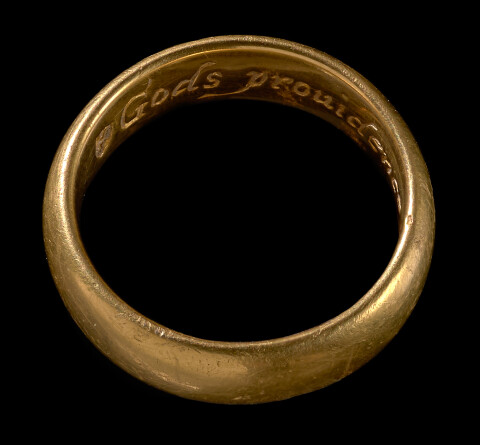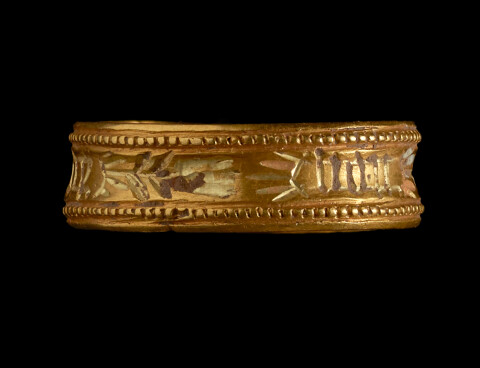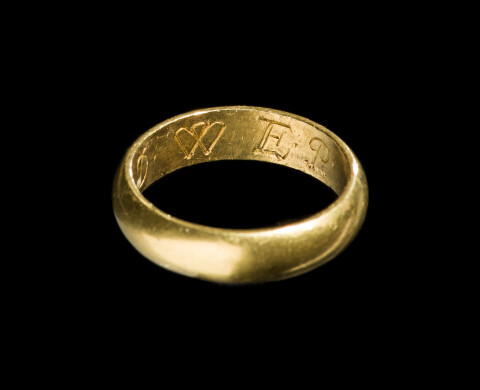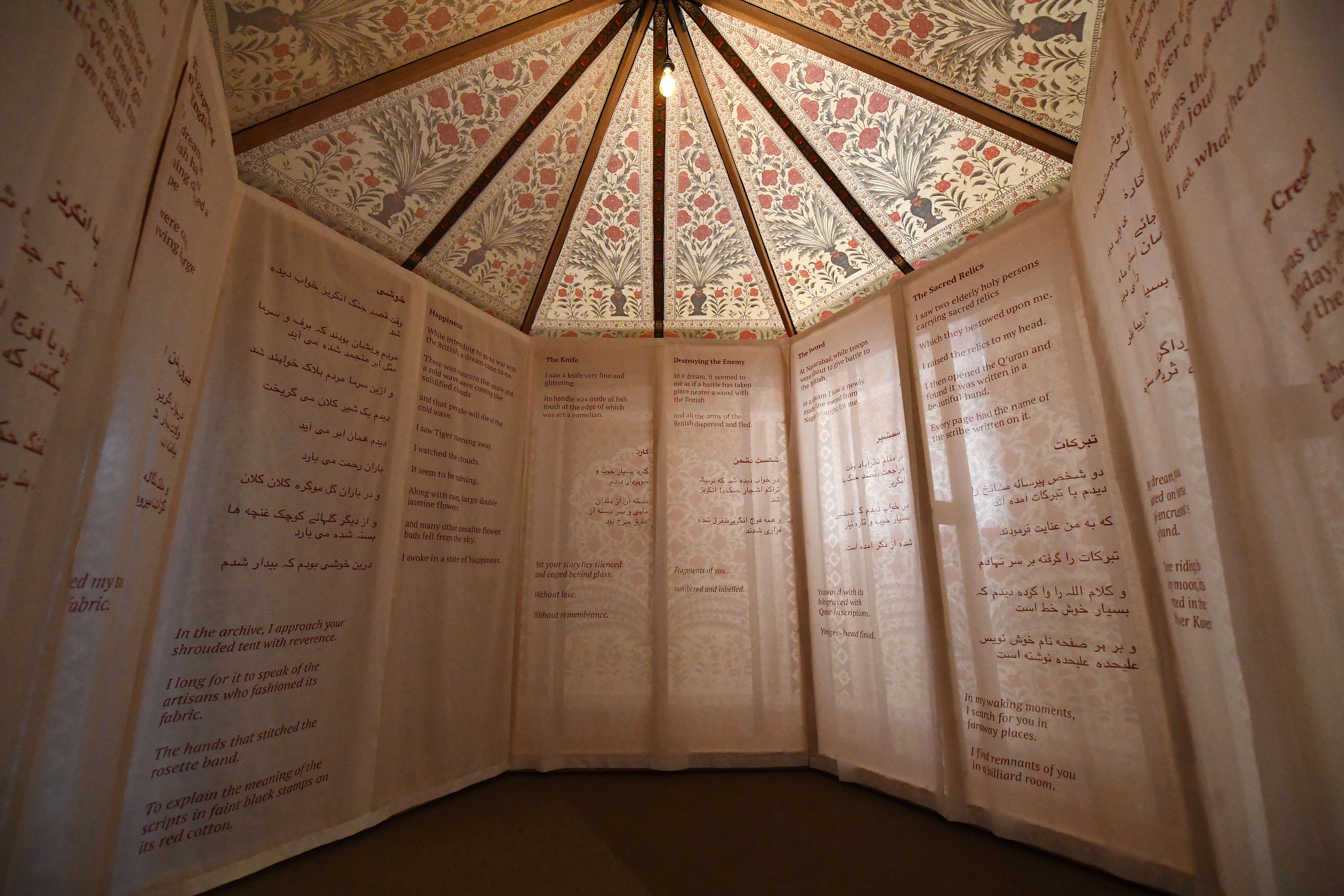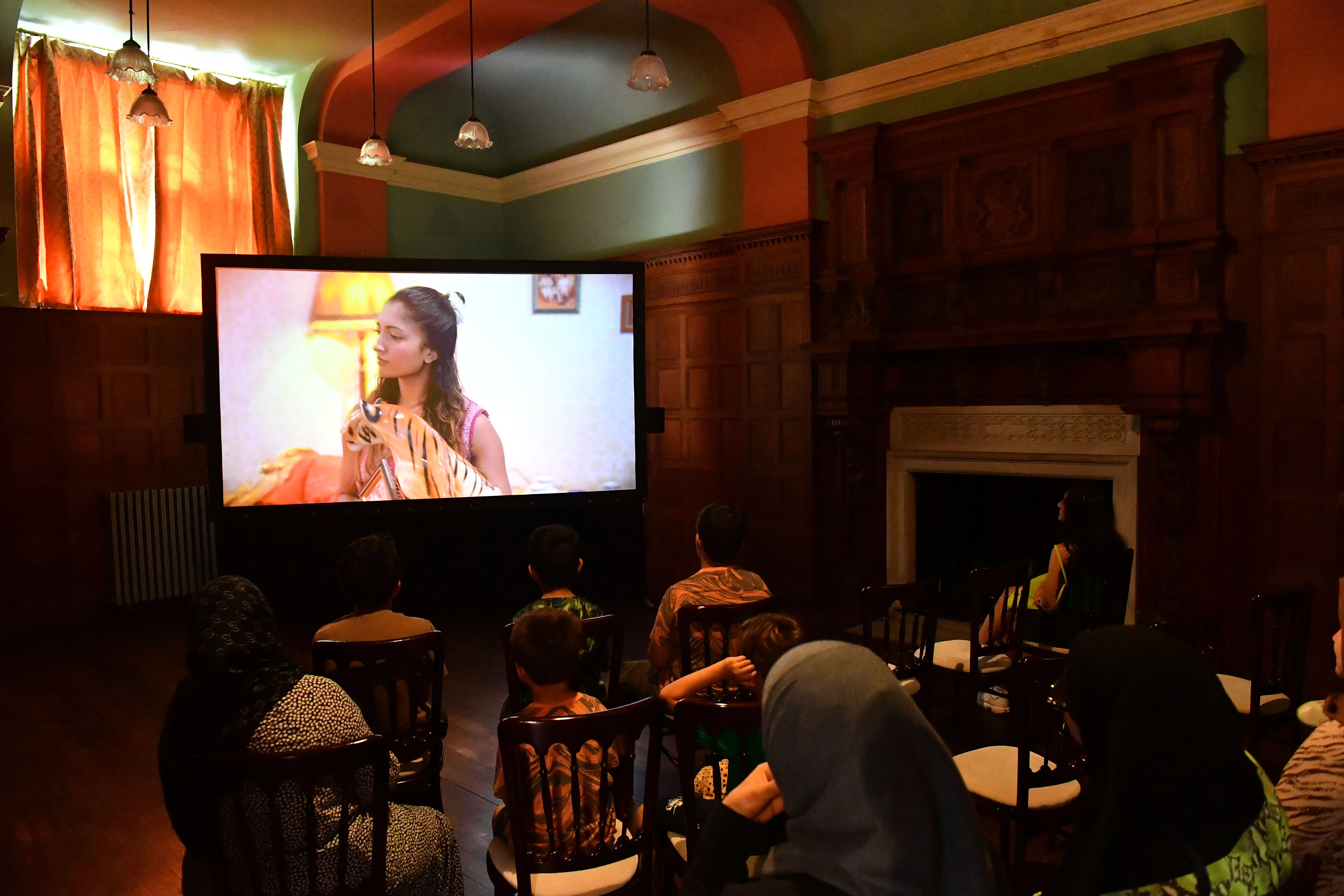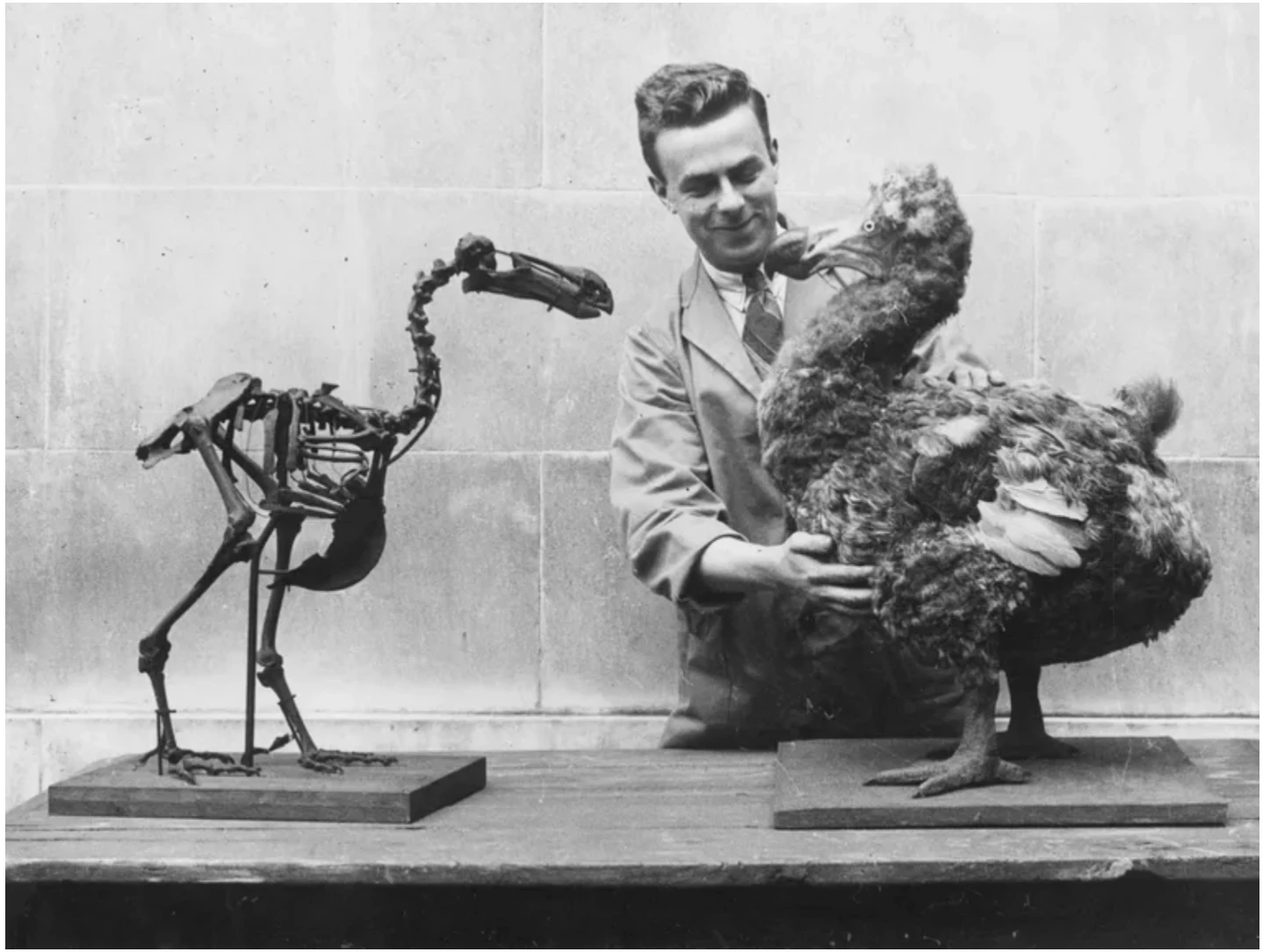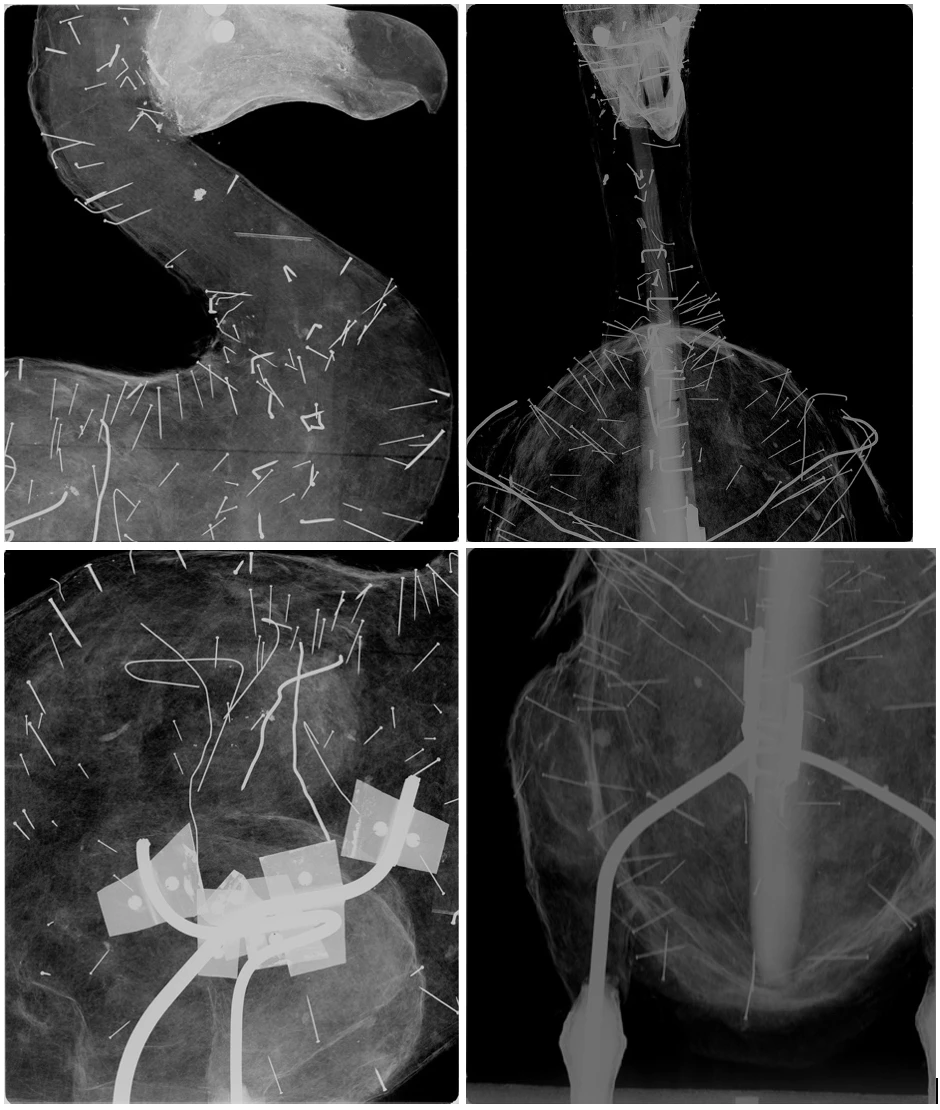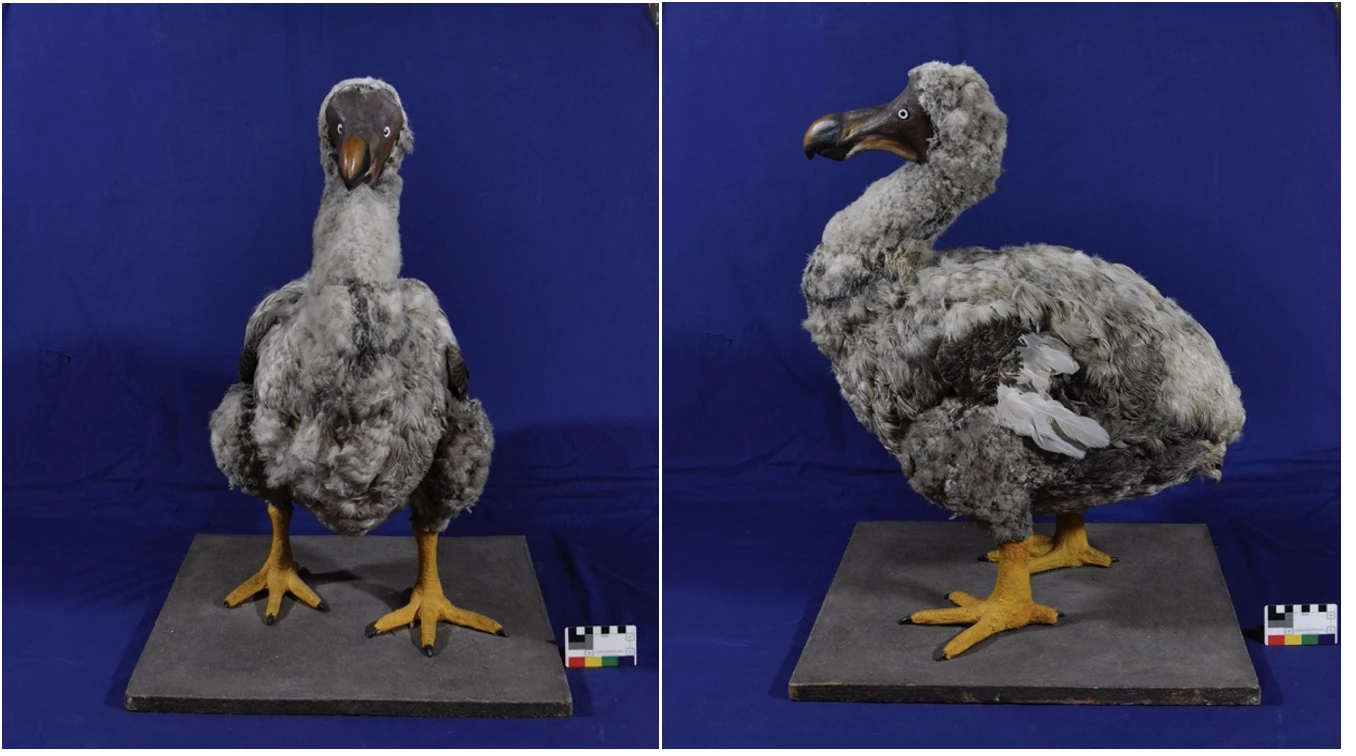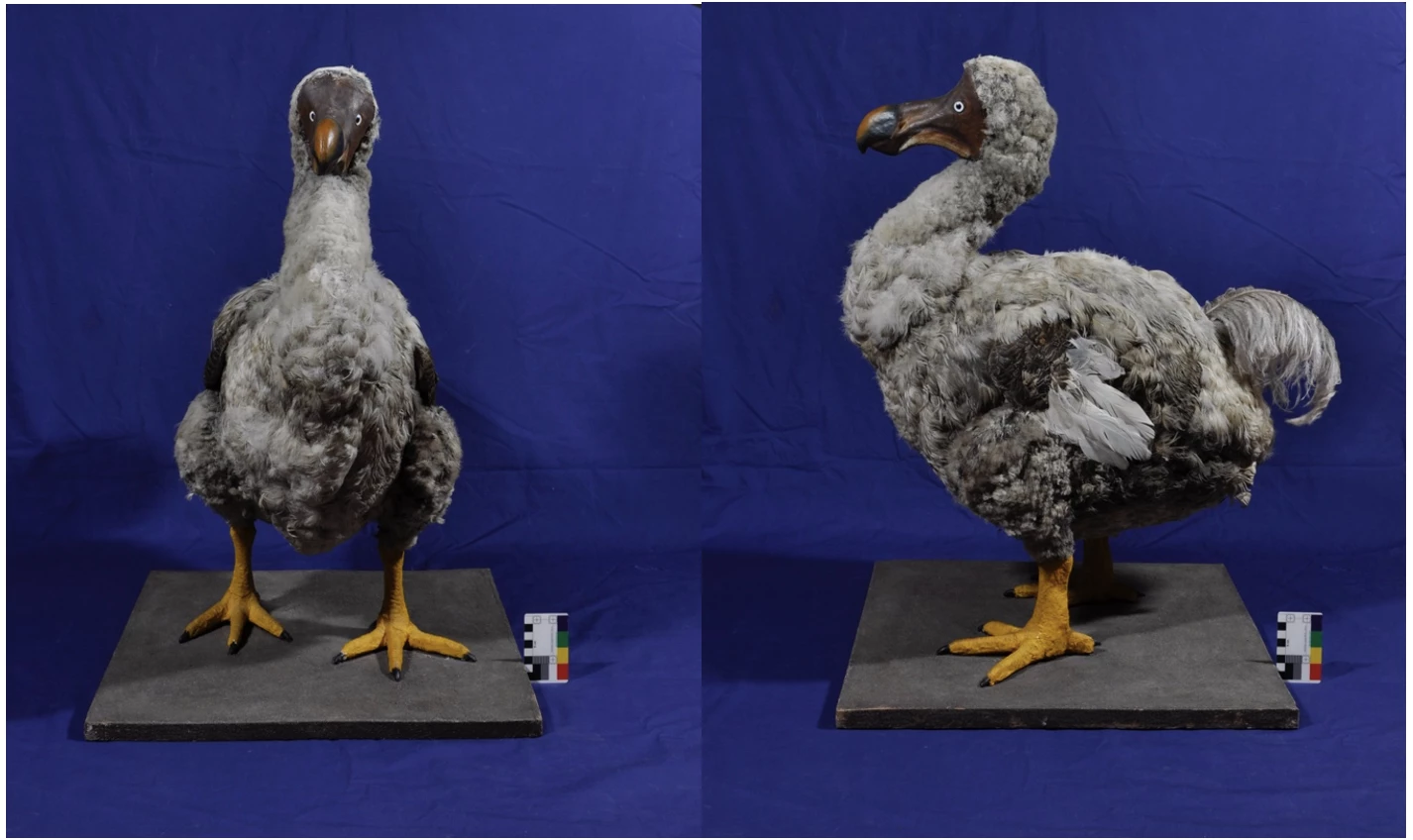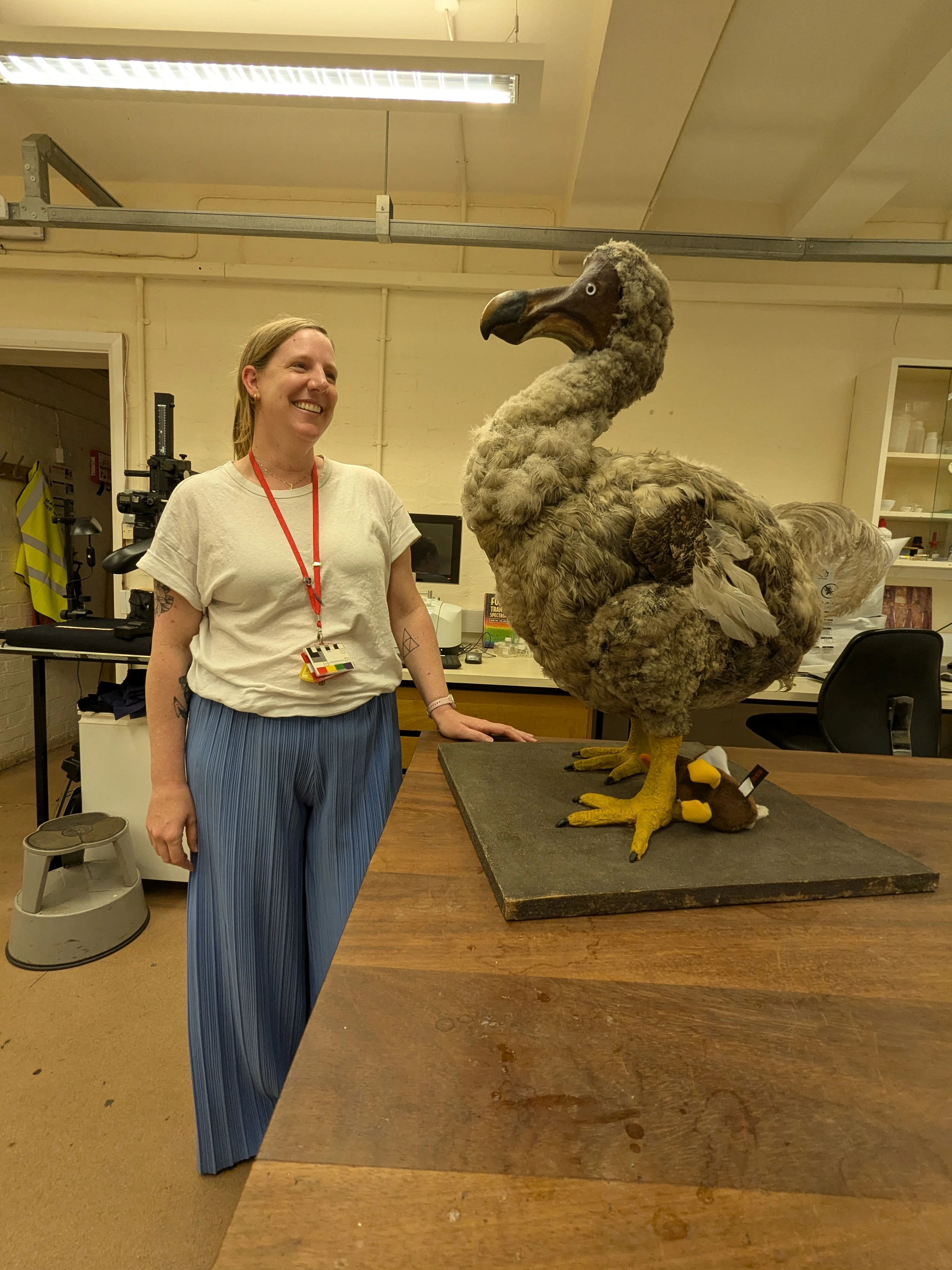Perspective(s): Decolonising Heritage
Perspective(s) is a decolonisation project commissioned by Amgueddfa Cymru in partnership with Arts Council Wales. As the lead artist at St Fagans National History Museum, I have been collaborating with Ways of Working, a socially conscious arts organisation, to reimagine the museum as a space where narratives of power can both be upheld and dismantled.
Decolonising the Museum: Confronting Complex Legacies
We began our project by asking a fundamental question: can a museum, an institution so deeply rooted in colonial histories, ever truly be decolonised? Audre Lorde famously said, ‘The master’s tools will never dismantle the master’s house.’ This insight highlights both the complexity and urgency of decolonial work. It requires us to examine whose stories are present, whose voices are heard, and whose legacies are acknowledged within these spaces.
Decoloniality, within an institution, manifests in many forms—visibility, inclusivity, and the decentring of dominant narratives, all while holding space for empathy.
These critical discussions were enriched by the insights of Professor Corrine Fowler an expert in the legacies of colonialism and Nusrat Ahmed, Head Curator of the South Asian Gallery at Manchester Museum. Their expertise guided us as we engaged with the complexities of decolonising St Fagans.
Creating Visibility at St Fagans
St Fagans National History Museum tells the stories of the people of Wales. Yet as I walked through its halls, I struggled to see reflections of my heritage. This absence became central to our work. We asked: Who is represented here? Whose stories are told, and whose are missing?
In response, we invited the Aurora Trinity Collective—a grassroots group led by women of colour who create textile and embroidery art—to join us. The collective held textile workshops in the museum’s atrium, showcasing their artwork Ncheta, which explores remembrance, language, and the cultural significance of textiles. Through their presence, we reclaimed a space that had previously overlooked their contributions.
Unveiling Colonial Legacies at St Fagans Castle
Much of my art practice is research-led, often intersecting with my academic work. During my research, I uncovered a direct link between St Fagans Castle and Clive of India. Through the marriage of Clive’s grandson, Robert Clive, to Harriet Windsor, the wealth accumulated from colonial exploits flowed into the Windsor-Clive family. This wealth funded significant renovations to St Fagans Castle, embedding a colonial legacy within its very walls.
To further explore this history, we invited Bethan Scorey, whose doctoral project focuses on the architectural and garden history of St Fagans Castle to share her research.
Armed with this broad spectrum of information, we set out to expose the colonial roots that continue to shape the narrative of the castle.
Our creative interventions focused on these legacies, particularly those tied to Robert Clive, also known as ‘Clive of India.’ The project brought to light Wales’ often overlooked connection to British imperialism, a history still hidden in plain sight.
Engaging Visitors: Interactive Installations
Our first intervention is prominently placed in the museum’s atrium, where we invite visitors to engage directly with the uncomfortable truths of colonialism. Posing questions like, ‘The British Empire was...?; and ‘What is the museum’s job within society?’ we encourage the public to reflect on power, history, and the evolving role of museums. This interactive installation—featuring Post-it notes where visitors share their thoughts—sparked meaningful conversations and further ensures that colonialism remains a central topic as they explore the museum.
A Colonial Legacy in the Living Room
Our second installation recreated a British South Asian living room, a personal memory from my childhood in the 1980s. For many diasporic families, the living room was a haven, a place of community, celebration, and respite from the hostility of the outside world. At the heart of this familiar setting, we placed an eighteenth-century giltwood sofa once owned by Clive of India. Acquired by the National Museum of Wales in the 1950s, its colonial significance had been largely overlooked for decades. By positioning this artefact in a domestic scene, surrounded by family photos and personal objects, we reclaimed the narrative, prompting conversations about colonialism, memory, and how history is remembered and forgotten.
Reimagining Tipu Sultan’s Dream Palace
Our third installation, Khawaab Mahal (Dream Palace), reimagines Tipu Sultan’s tent, which was looted by Clive’s son, Edward Clive, after Tipu died in battle. This beautiful tent, now housed at Powis Castle, became a symbol of British domination, often used for garden parties—an insult to its original purpose. We created a reinterpretation, using digital images of the original tent, printed on fabric. Also printed inside the tent, are extracts from Tipu’s dream journal. His dreams were dominated by the desire to defeat the British and through this installation, I engaged in a personal dialogue with him. Visitors are invited to immerse themselves in Tipu’s world, surrounded by soundscapes and dreams, reclaiming a space once taken through force.
Absent Presence: Reclaiming Space Through Film
The fourth installation, Absent Presence, is a site-specific film shot within the grounds of St Fagans Castle. Featuring the dancer Sanea Singh, the film reflects on the castle’s colonial past. Sanea’s fluid movements engaged with the castle’s architecture and gardens, reclaiming the space as her own. The film speaks to the themes of plunder, rebellion, and the silenced stories of South Asia, drawing a connection between the past and present.
Reclaiming Histories and Rewriting Narratives
Through these installations, we aimed to dismantle the dominant narratives surrounding St Fagans Castle and reclaim the stories that have been erased. For me and Ways of Working, Perspective(s) is more than just a project; it is a reclamation of history, a dialogue across centuries, and a call to recognise the enduring legacies of colonialism that remain embedded in our institutions today. By confronting these legacies, we can begin to reshape how we remember and who gets to tell the stories of our shared history.
